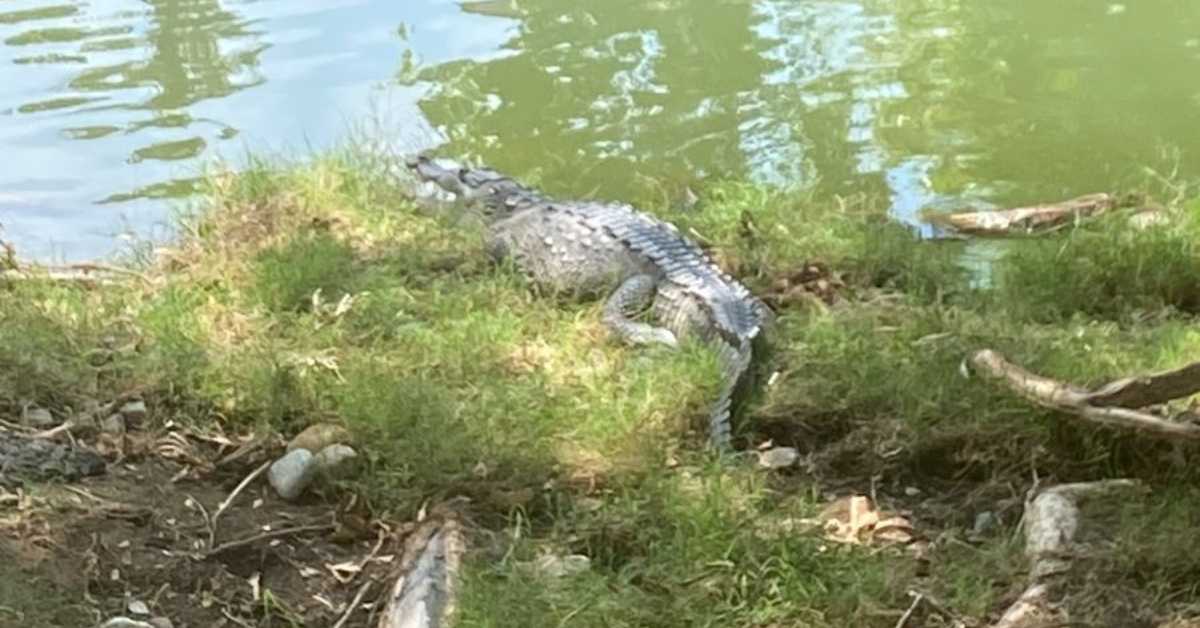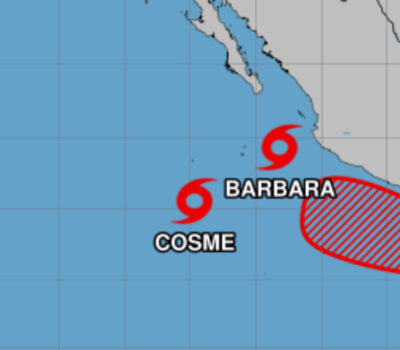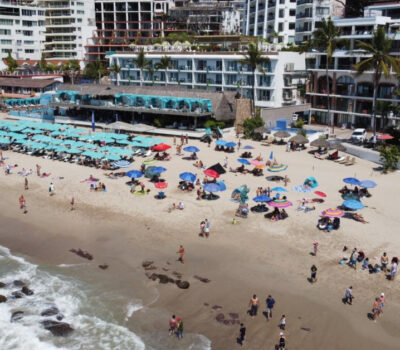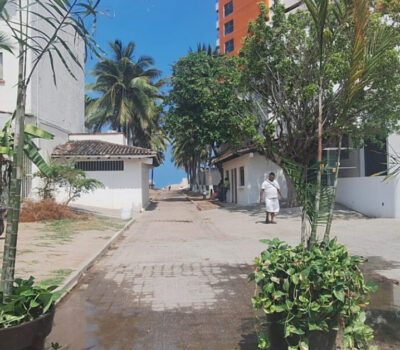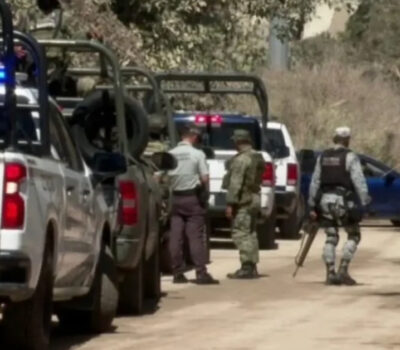The Jalisco government has rolled out a series of hands-on workshops and public forums to strengthen the human-crocodile relationship in Puerto Vallarta. Spearheaded by the Estero El Salado State Park team within the Ministry of Environment and Territorial Development (Semadet), these efforts aim to inform residents and visitors about safe practices around the state’s emblematic crocodile species, Crocodylus acutus.
Helios Hernández Hurtado, a crocodile biologist and head of Estero El Salado, stressed that education remains the most effective tool to prevent dangerous encounters. “We want everyone to understand that these reptiles have thrived here for millions of years,” he said. “When people respect warning signs and follow simple guidelines, we avoid accidents and learn to share space with nature.”
Workshops will bring together officials from municipal, state and federal levels, representatives from the University of Guadalajara, civil society groups and local communities. Each session will cover basic crocodile behaviour, nesting seasons and habitat needs. Collaborative exercises will also focus on identifying high-risk zones near popular beaches and planning practical steps—such as signage placement and patrol schedules—to minimize negative interactions.
Between February and July, Crocodylus acutus enters its breeding season. Hernández Hurtado urges extra caution from July to August, when most hatchlings emerge. He pointed out that people often ignore posted warnings or try to get close for photos. In other cases, tourists attempt to capture hatchlings—a practice that endangers both the animals and unsuspecting visitors.
At one time, the swamps and mangroves of Puerto Vallarta and nearby Nayarit covered more than 1,000 hectares. Urban growth has shrunk that to roughly 600 hectares, with just 208 hectares protected inside Estero El Salado. Despite the dense urban setting, the park’s long-term monitoring shows that crocodile numbers remain low. “We’re tracking the same individuals we first tagged decades ago,” Hernández Hurtado explained. “On 200 hectares, 60 crocodiles equals half a reptile per hectare. That’s a very sparse population.”
Historical hunting and habitat loss during the 1960s and 1970s drove local crocodile numbers down. Protection measures at the time focused more on sea turtles, leaving crocodiles vulnerable. In recent years, the University Center of the Coast (CuCosta) at UdeG has boosted conservation through its “Reptilario Cipactli” unit. Researchers there study crocodile behaviour, manage hatchling releases and support public outreach campaigns.
Semadet plans to launch a fresh outreach push later this summer. Hernández Hurtado said they will deploy mobile info-stands at beach entrances, distribute easy-to-read brochures and use social media to highlight safe viewing distances. The goal is to turn visitors into informed ambassadors who reinforce safe coexistence practices among friends and family.
By weaving together academic research, government coordination and community engagement, Jalisco’s campaign sets a clear path forward. As beach season peaks, the message is simple: stay alert, obey the signs and respect these ancient reptiles. With the right information in hand, locals and tourists alike can enjoy Jalisco’s coastal beauty without putting themselves—or the crocodiles—at risk.
The Jalisco government has rolled out a series of hands-on workshops and public forums to strengthen the human-crocodile relationship in Puerto Vallarta . . .

